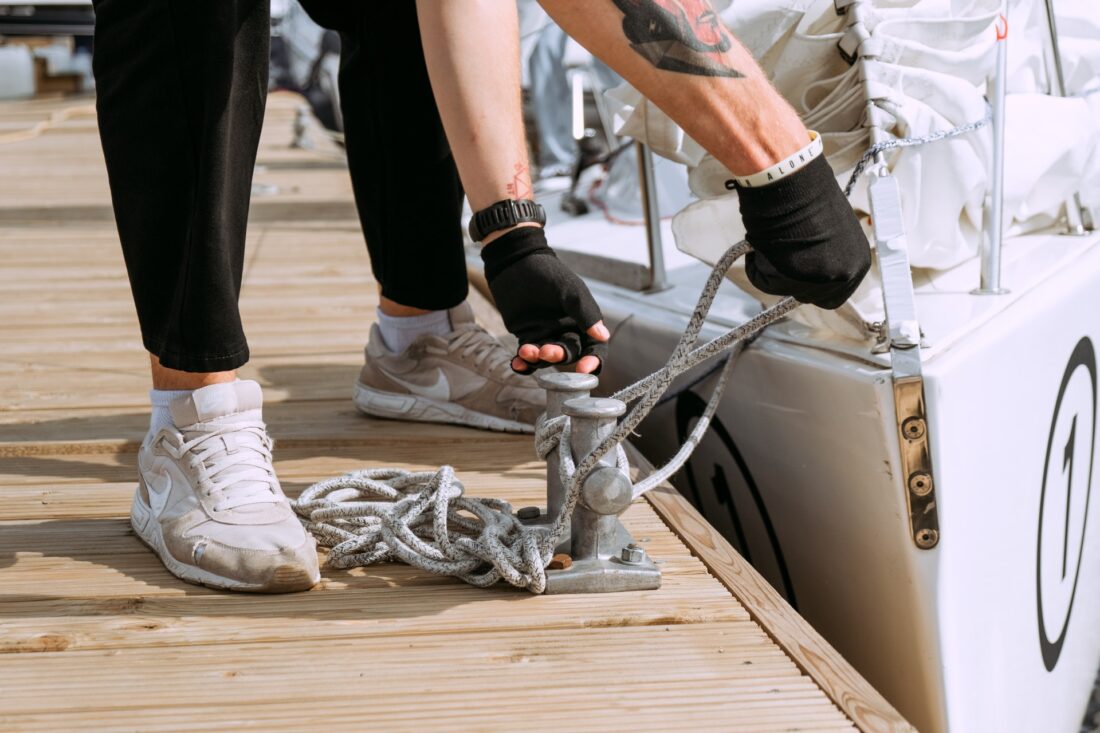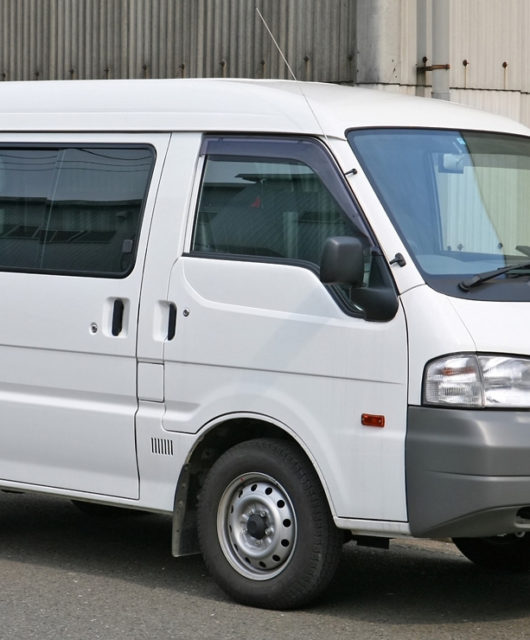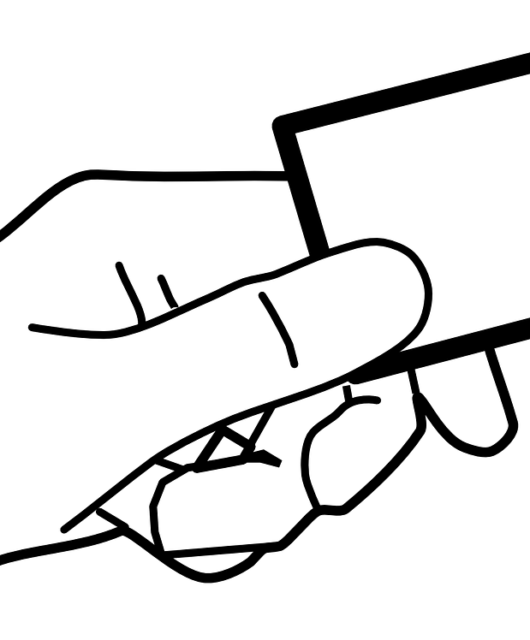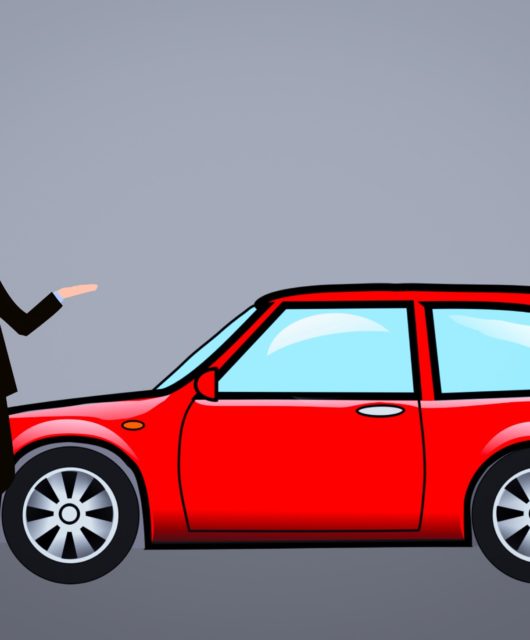Troubleshooting Tips for New Boat Owners
 As exciting as it is to be the proud owner of a boat, you’re bound to run into some dilemmas here and there. Most issues can be easily resolved if you know what you’re doing. Here are some basic troubleshooting steps you can take when you encounter these common problems.
As exciting as it is to be the proud owner of a boat, you’re bound to run into some dilemmas here and there. Most issues can be easily resolved if you know what you’re doing. Here are some basic troubleshooting steps you can take when you encounter these common problems.
Engine won’t start
There are various reasons your engine won’t start:
- Fuel. Is your tank empty? If yes, your boat is out of fuel. Refill your tank and you’re good to go. If not, then the fuel may be bad. You may have bought a bad batch from the shop, but it’s also likely that you accidentally left your fuel tank semi-filled while your boat was in storage for a long time. Leaving a non-filled tank in storage for extended periods can lead to water contamination in the tank. To avoid this, fill the tank all the way and use a fuel stabilizer.
- Battery. Use a multimeter to check the status of your battery. A low or dead battery can be resolved by charging or replacing it with a fresh one. If the multimeter indicates that the battery is still good, check the terminals for rust and corrosion. These can interfere with the connections and prevent electricity from traveling. If these are secure, then there must be a break in the circuit somewhere farther down the line. Check behind the dash to ensure all the terminals are tight.
Rusting exterior
If you notice rusting on the surface, remove the rust using sandpaper or rust remover solution and cover the area with protective coatings like Durabak.
Boat is vibrating
There could be something caught in the propeller. Check the propeller for tangled fishing lines, plants, or ropes and get them untangled immediately to avoid further damage. Remove the propeller to ensure that the propeller shaft is also clear of debris.
Vibrations could also be caused by a damaged propeller. The only solution to this is to repair or replace your propeller.
Overheating
The water inlet may be clogged, preventing water from entering the engine’s cooling loop. Check the intake port and clear any debris. Damages in the water pump can also restrict water flow across the engine. Check the water pump and replace any damaged components.
Not responding to the steering wheel
You’re likely low on hydraulic fluid. If replenishing the hydraulic fluid doesn’t resolve the issue, there could be a leak somewhere in your system. Stem this leak so you can drive back to shore and turn it into the shop for repairs. If you don’t notice a leak, then you have a mechanical failure caused by loose or snapped cables. Call for help to get your boat back to shore for repairs.
Boat repairs can be costly, and it will save you money if you’re knowledgeable in at least basic boat troubleshooting. Don’t be overconfident and attempt to fix problems you’re not familiar with, as this might make things worse. Stick to a maintenance schedule and work with a professional to ensure your boat runs smoothly.









